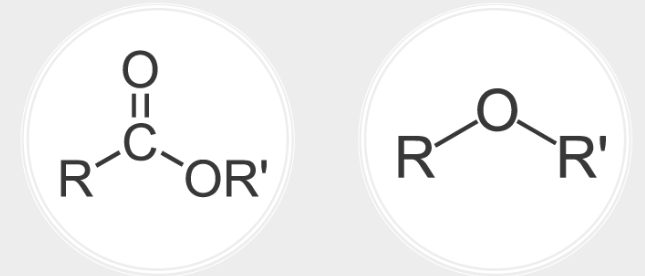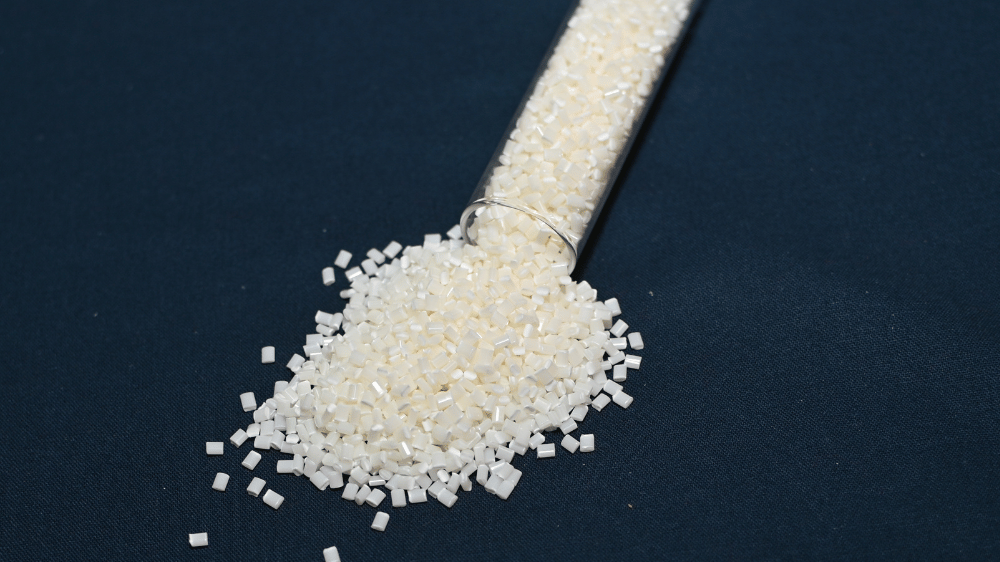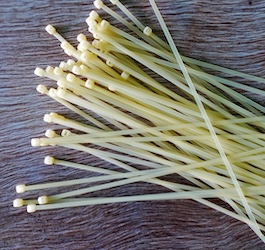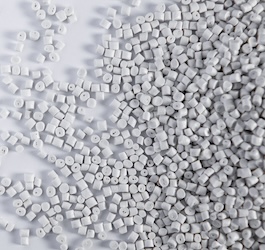ACETAL in Tribology: A Friction-Reducing Triumph

In the field of tribology, the study of friction, wear, and lubrication, ACETAL emerges as a versatile and high-performance material, making significant strides in various applications where minimizing friction is paramount.
ACETAL, also known as polyoxymethylene (POM), possesses excellent tribological properties that have garnered attention across industries. Its low coefficient of friction makes it an ideal choice for components in machinery and systems where smooth operation is crucial. The material's ability to reduce friction not only enhances efficiency but also extends the lifespan of mechanical parts, contributing to overall system reliability.
The wear resistance of ACETAL elevates its role in tribology applications. Components subject to repetitive motion and contact with other surfaces often face wear and tear over time. ACETAL's ability to withstand abrasion and maintain its integrity in the face of repeated friction ensures a longer lifespan for components, reducing the frequency of replacements and associated downtime.
Beyond mechanical applications, ACETAL's tribological prowess extends to gears, bearings, and sliding elements. Its combination of low friction and wear resistance makes it an excellent choice for these critical components, contributing to smoother and more reliable mechanical systems.
In conclusion, ACETAL's triumph in tribology applications is a testament to its remarkable friction-reducing properties. As industries continue to seek solutions that optimize efficiency and durability, ACETAL's role in minimizing friction and reducing wear positions it as a key player in the ever-evolving landscape of tribological applications. Whether in manufacturing, automotive, or other precision engineering fields, ACETAL's impact on improving performance and longevity is a frictional triumph worth acknowledging.












